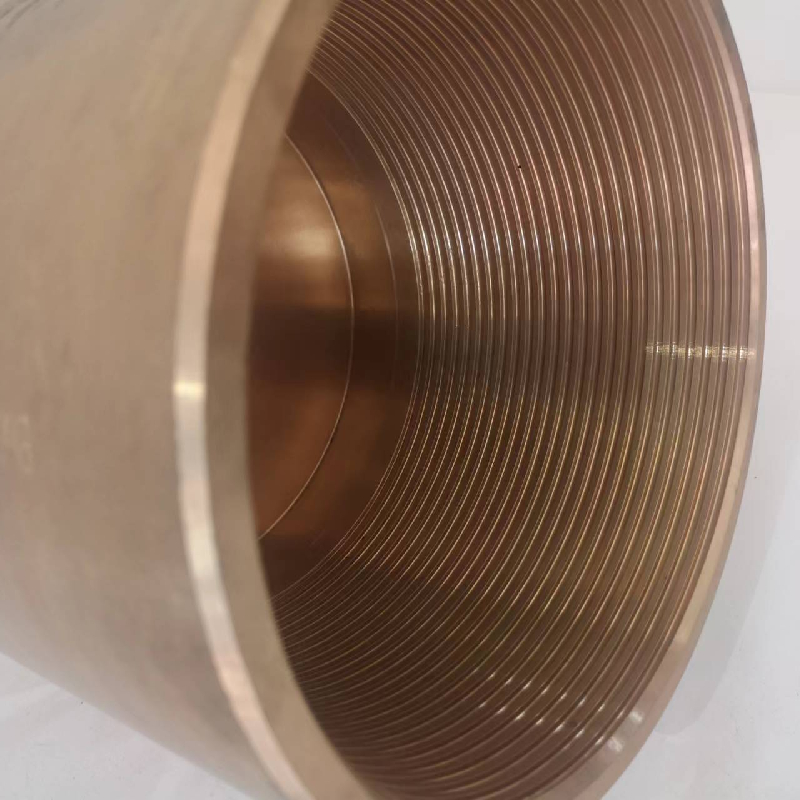- Afrikaans
- Albanian
- Amharic
- Arabic
- Armenian
- Azerbaijani
- Basque
- Belarusian
- Bengali
- Bosnian
- Bulgarian
- Catalan
- Cebuano
- Corsican
- Croatian
- Czech
- Danish
- Dutch
- English
- Esperanto
- Estonian
- Finnish
- French
- Frisian
- Galician
- Georgian
- German
- Greek
- Gujarati
- Haitian Creole
- hausa
- hawaiian
- Hebrew
- Hindi
- Miao
- Hungarian
- Icelandic
- igbo
- Indonesian
- irish
- Italian
- Japanese
- Javanese
- Kannada
- kazakh
- Khmer
- Rwandese
- Korean
- Kurdish
- Kyrgyz
- Lao
- Latin
- Latvian
- Lithuanian
- Luxembourgish
- Macedonian
- Malgashi
- Malay
- Malayalam
- Maltese
- Maori
- Marathi
- Mongolian
- Myanmar
- Nepali
- Norwegian
- Norwegian
- Occitan
- Pashto
- Persian
- Polish
- Portuguese
- Punjabi
- Romanian
- Russian
- Samoan
- Scottish Gaelic
- Serbian
- Sesotho
- Shona
- Sindhi
- Sinhala
- Slovak
- Slovenian
- Somali
- Spanish
- Sundanese
- Swahili
- Swedish
- Tagalog
- Tajik
- Tamil
- Tatar
- Telugu
- Thai
- Turkish
- Turkmen
- Ukrainian
- Urdu
- Uighur
- Uzbek
- Vietnamese
- Welsh
- Bantu
- Yiddish
- Yoruba
- Zulu
seating nipple tubing
Understanding Seating Nipple Tubing Importance, Applications, and Best Practices
Seating nipple tubing is an essential component in various industrial applications, particularly in the oil and gas sector. Understanding its structure, function, and best practices for installation and maintenance can significantly impact operational efficiency and safety.
What is Seating Nipple Tubing?
Seating nipple tubing refers to a specialized type of tubing designed to support the seating of a downhole tool or completion system in a wellbore. These tools can include packers, plugs, and other equipment used to control the flow of fluids, isolate sections of the well, or facilitate the extraction of oil and gas. The seating nipple provides a secure interface for these tools, ensuring proper alignment and functioning under high-pressure conditions.
Typically made from high-strength materials, seating nipple tubing is engineered to withstand extreme downhole environments, including high temperatures and pressures. The tubing features specific designs and dimensions that cater to the needs of different wellbore configurations and completion designs.
Importance in Oil and Gas Operations
1. Pressure Control One of the primary functions of seating nipple tubing is to maintain pressure control within the wellbore. This is crucial for preventing blowouts and ensuring the safe extraction of hydrocarbons.
2. Fluid Isolation By allowing for the installation of packers and plugs, seating nipple tubing helps isolate different sections of the well. This is vital for conducting various operations such as stimulation, production, or abandonment without affecting other areas of the well.
3. Enhanced Production The efficiency of hydrocarbon production can be significantly improved with the proper use of seating nipple tubing. By allowing for effective placement of downhole tools, operators can optimize the flow of oil and gas, leading to higher yields.
4. Safety The integrity of the wellbore is essential for safe operations. Properly installed seating nipple tubing can prevent leaks and failures, thereby enhancing operational safety and minimizing environmental risks.
Applications of Seating Nipple Tubing
Seating nipple tubing is used in a variety of applications within the oil and gas industry
seating nipple tubing

- Well Completion In well completion, seating nipples serve as the interface where packers are set to ensure zonal isolation, enabling effective production from targeted reservoirs
.- Workover Operations During workover operations, seating nipple tubing allows for the installation and removal of temporary tools and equipment, enabling corrective or enhanced production.
- Abandonment In the abandonment phase of a well, seating nipples can be used to place barriers that prevent fluid migration, thus protecting groundwater and surface resources.
Best Practices for Installation and Maintenance
To maximize the effectiveness of seating nipple tubing, it is important to follow industry best practices during both installation and maintenance
1. Proper Design Selection Choosing the right design and size for the seating nipple tubing is critical. Factors such as wellbore size, pressure conditions, and type of downhole tools must be taken into account.
2. Quality Assurance Ensure that all materials used for seating nipple tubing meet industry standards and specifications. High-quality materials enhance durability and performance in challenging environments.
3. Regular Inspections Conducting routine inspections of the seating nipple tubing can help identify wear and tear or potential failures before they become critical issues. Monitoring pressure levels and fluid integrity can provide early warning signs.
4. Training and Expertise Operators and technicians should be trained in the specific requirements and complexities of installing and maintaining seating nipple tubing. Having knowledgeable personnel can greatly reduce the risk of operational failures.
5. Documentation and Reporting Keeping detailed records of installations, inspections, and maintenance can help in tracking the performance of seating nipple tubing over time. This documentation can be invaluable for future projects and assessments.
Conclusion
Seating nipple tubing plays a crucial role in the functionality and safety of oil and gas operations. By understanding its importance, applications, and the best practices for handling these components, companies can improve efficiency, enhance production, and maintain safe operational standards. As the industry continues to evolve, the effective use of seating nipple tubing will remain a cornerstone of successful well management.
-
Tubing Pup Joints: Essential Components for Oil and Gas OperationsNewsJul.10,2025
-
Pup Joints: Essential Components for Reliable Drilling OperationsNewsJul.10,2025
-
Pipe Couplings: Connecting Your World EfficientlyNewsJul.10,2025
-
Mastering Oilfield Operations with Quality Tubing and CasingNewsJul.10,2025
-
High-Quality Casing Couplings for Every NeedNewsJul.10,2025
-
Boost Your Drilling Efficiency with Premium Crossover Tools & Seating NipplesNewsJul.10,2025







